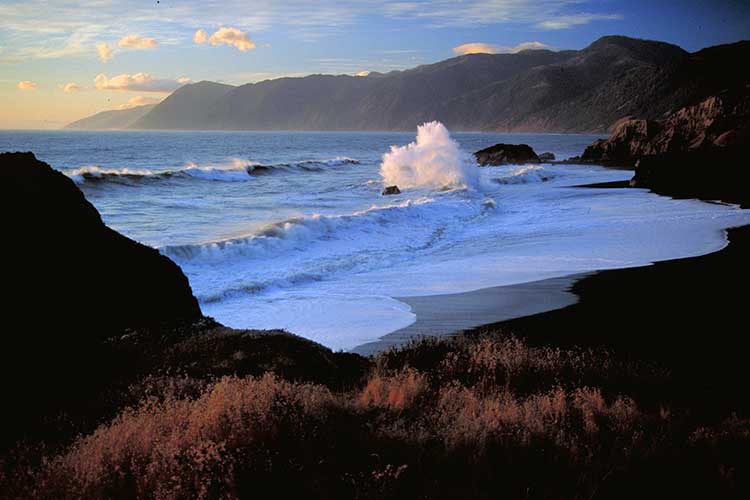The story behind California’s powerful coastal commission
New podcast from Bancroft Library’s Oral History Center

April 25, 2019
No feature defines California like its 840 miles of coastline.
And that’s no accident, said Todd Holmes, a historian with the Bancroft Library’s Oral History Center who has long studied California’s coast.
“There’s a reason we don’t look like Miami or the Jersey Shore,” Holmes said. “It is because of the California Coastal Commission.”
Holmes is the creator of a new podcast from the Oral History Center about the commission, a powerful — sometimes controversial — state agency created by voters in 1972 to protect California’s iconic coastal redwoods, golden beaches and rugged cliffs.
Each of the 15 episodes will examine a particular moment in the commission’s history, from efforts to preserve San Francisco Bay to a fight over the Hearst Corporation’s plans to build a golf resort in Big Sur.
“So much of what the commission does you don’t see,” Holmes said. “All these developments that didn’t happen.”
The project started when Holmes and his colleagues began to interview the men and women involved in the creation of the commission for the Oral History Center, which collects firsthand accounts of major moments in California and global history.
Holmes realized the long interviews could be crafted into a narrative about the commission’s work.
“This way, people can hear the story of why the coast looks the way it does,” he said.
The first episode, about a fight over development at Lighthouse Point in Santa Cruz, is available now, and the remaining 14 episodes will be posted over the next year, Holmes said.
Eventually, he hopes placards along the coast will point people to the audio histories.
“You could be in Santa Barbara and hit a QR-code with your phone to listen to a story about the fight over offshore oil drilling,” he said.
Every Californian has a connection with the coastline, said Holmes, who grew up outside of Sacramento and still remembers spending a day on a Los Angeles beach with family when he was four years old.
They picnicked, played in the water and gathered together to watch the sun go down before driving home.
“I’ve been a fan of sunsets ever since,” he said. “There is no better place to watch a sunset than the California Coast.”
Listen to the first episode on the Oral History Center’s page